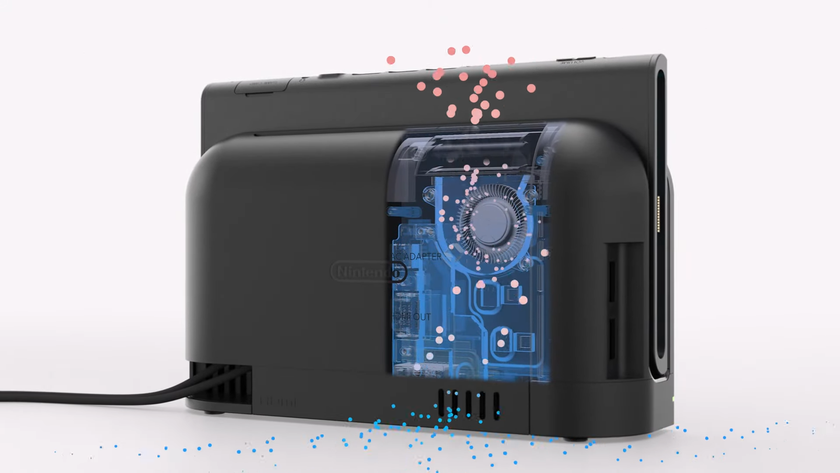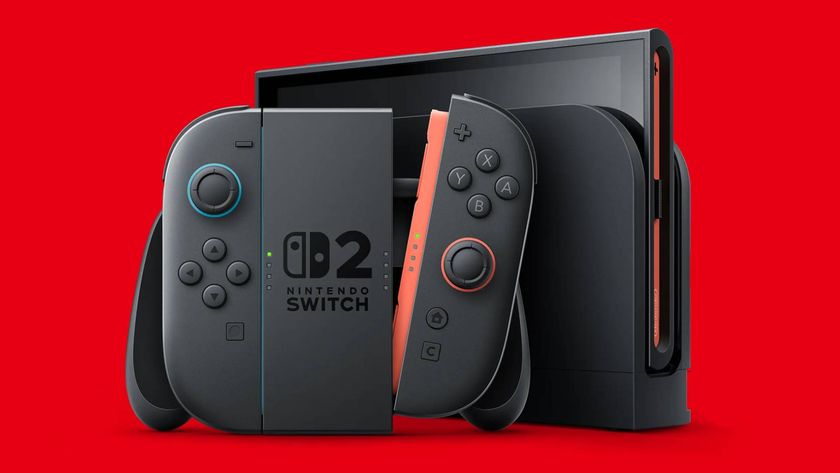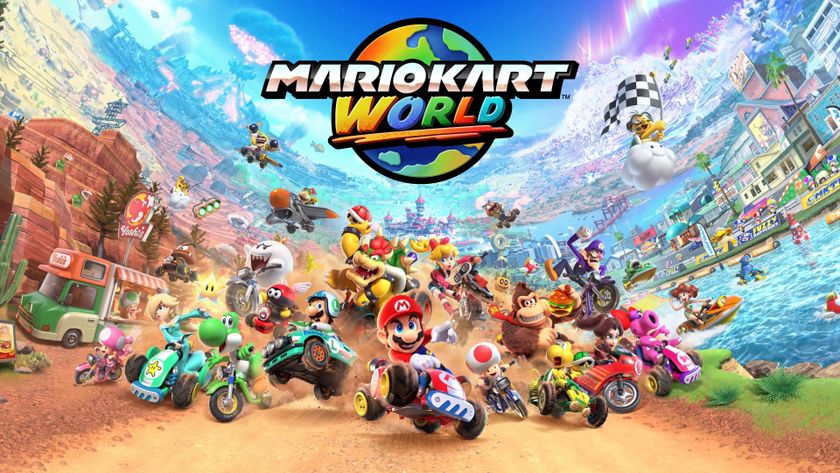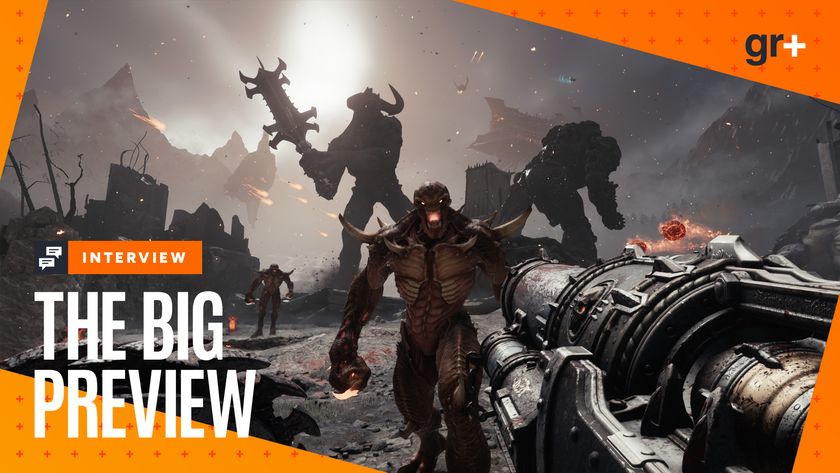Franchises that were better off dead
As these failed reboots and misguided relaunches prove, some series should just be left in the ground
Contributors: Charlie Barratt, Heidi Kemps
Accepting death can be difficult. When loved ones have passed on, we refuse to let them go, fantasizing that they’re still alive and secretly hoping, wishing and even praying that they’ll walk back through our door at any second.
Unfortunately, in the case of videogames, they sometimes do. Thanks to the powers of lazy publishers and lucrative nostalgia value, we’re constantly forced to watch as old, long-buried franchises are exhumed and then paraded around as reboots, relaunches, reinventions and reimaginings.
A few of these updates work. These, though, are the ones – the horrifying, unnatural, “Oh God, aim for the head!” zombies – that didn’t.

The dead franchise: Alone in the Dark (1992-2001)

Four years before a polygonal zombie dog smashed through the window of a Raccoon City mansion in Resident Evil, giant murderous rats and undead pirate slaves were chasing players through the haunted 3D hallways of Alone in the Dark. Seven years before Silent Hill unlocked the psychological fear of its protagonists through foggy exploration and foggier puzzles, Alone in the Dark asked us to solve the suicide of a tortured artist by investigating the mysterious belongings and macabre booby-traps he left behind.
In other words, this series was the original. These games were the classy old grandfathers of the genre. If you’ve ever enjoyed a survival horror adventure, you have Alone in the Dark to thank.
Sign up to the 12DOVE Newsletter
Weekly digests, tales from the communities you love, and more

The failed resurrection: Alone in the Dark (2008)

You know your franchise is better off dead when Uwe Boll is no longer the worst thing about it. 2001’s Alone in the Dark: The New Nightmare may have suffered from a dumb title and a dumber movie adaptation by the loathed director, but the actual game was a faithful update on the original formula.
That reboot didn’t take, though, so a new team of developers tried again in 2008. We really wish they hadn’t. The latest Alone in the Dark has a few highlights – the special effects are cool and the graphics are good – but these are quickly overshadowed by a poorly told story, badly designed controls, half-baked missions and game-breaking glitches.
Even if it wasn’t an unplayable mess, however, this version would still be a major betrayal of the brand. The first Alone in the Dark cast you as Edward Carnby, a gentlemanly 1920s detective trapped in a Louisiana mansion, fighting the H.P. Lovecraft-inspired forces of evil through quick reflexes, but more importantly, quick wits. The last Alone in the Dark, meanwhile, casts you as “Edward,” a foul-mouthed smartass stuck in present-day New York City, fighting off generic zombies through a combination of melee combat, fetch quests and driving minigames. If we wanted a derivative action movie, we could’ve stuck with Uwe Boll.

The dead franchise: Bionic Commando (1987-1999)

You need to know one thing – and one thing only – about the original Bionic Commando games. Grapple arm. Nobody cared if the graphics were fancy (they weren’t), if the story was interesting (it wasn’t) or if the hero was complex (his personality consisted of spiky hair and sunglasses). Nobody even minded that the “damsel”-in-distress was a grizzly old dude named Super Joe instead of a beautiful princess.
Why would we, when Bionic Commando taught us to swing and soar through levels rather than trudge across platforms? When we could grab enemies from across the screen with a badass robotic claw rather than just shoot at them? All that mattered was the arm, and the newfound freedom that arm delivered.

The failed resurrection: Bionic Commando (2009)

So when the folks at Capcom decided to bring Bionic Commando back in 2009, they kept things pure, simple and focused. Right? Well, as should be obvious from the headline of this article... not so much.
Everything about the experience has been needlessly complicated. The protagonist, who was once a harmless and happy 8-bit sprite, is now a grab bag of modern gaming clichés: edgy, angsty and rebellious, with a stupidly exaggerated set of muscles and a predictably mysterious past. The story tries way too hard as well, introducing overwrought themes of terrorism, genocide and government betrayal.
Then, of course, the arm. Our poor, beloved grapple arm. Why must you be reimagined, too? Why are you so ludicrously large? Why do you appear ten times heavier than the man who is carrying you? Why have the developers restricted your glorious potential with tight, narrow corridors and invisible “radiation” borders? Why, oh why, must you be the target of gaming’smost terrible plot twist?
By the way, Capcom also released a remake of the NES classic, with essentially untouched gameplay, in 2008. Guess which versionscored better…
12DOVE was first founded in 1999, and since then has been dedicated to delivering video game-related news, reviews, previews, features, and more. Since late 2014, the website has been the online home of Total Film, SFX, Edge, and PLAY magazines, with comics site Newsarama joining the fold in 2020. Our aim as the global GamesRadar Staff team is to take you closer to the games, movies, TV shows, and comics that you love. We want to upgrade your downtime, and help you make the most of your time, money, and skills. We always aim to entertain, inform, and inspire through our mix of content - which includes news, reviews, features, tips, buying guides, and videos.













